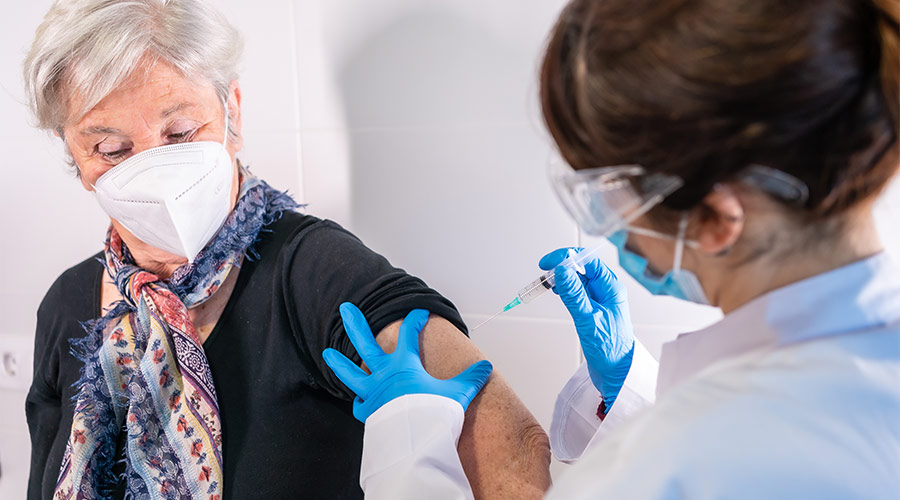Distribution of FDA-authorized vaccines began 24 hours after the Emergency Use Authorization came down. The first deliveries of COVID-19 vaccines began Dec. 14, 2020. Where and when — and how quickly and safely — Americans could obtain a vaccine became a top priority.
The need for vaccine distribution sites was big and immediate if there was going to be a robust effort to vaccinate Americans. Many sites were medical facilities, including hospitals or medical centers, but there was a greater need to cover underserved areas and the most populated areas as well. The program could not be thrown together and needed careful planning.
The Centers for Disease Control and Prevention (CDC) led the national effort, followed by public health officials at the state and local levels. These entities had already managed other such efforts to protect the public over the spread of Ebola, Zika, West Nile and H1N1 viruses, so there was knowledge of the process, but not on the scale that was required by COVID-19. The CDC plan required the collaboration of multiple partners, and that's where facilities managers and directors came in.
Of course, the first choice for distribution is medical facilities whenever possible, but because of the great need to get shots into arms, it was important to seek out alternate locations. However, prepping an alternate vaccination distribution site like a school gymnasium or a sports arena is more complicated than a medical facility because it has few or none of the necessary safeguards in place.
Alternate sites often were selected because of their availability for what was (and still is) an unknown length of time. School systems, closed because of the pandemic, have been playing a big role in the distribution of vaccinations.





